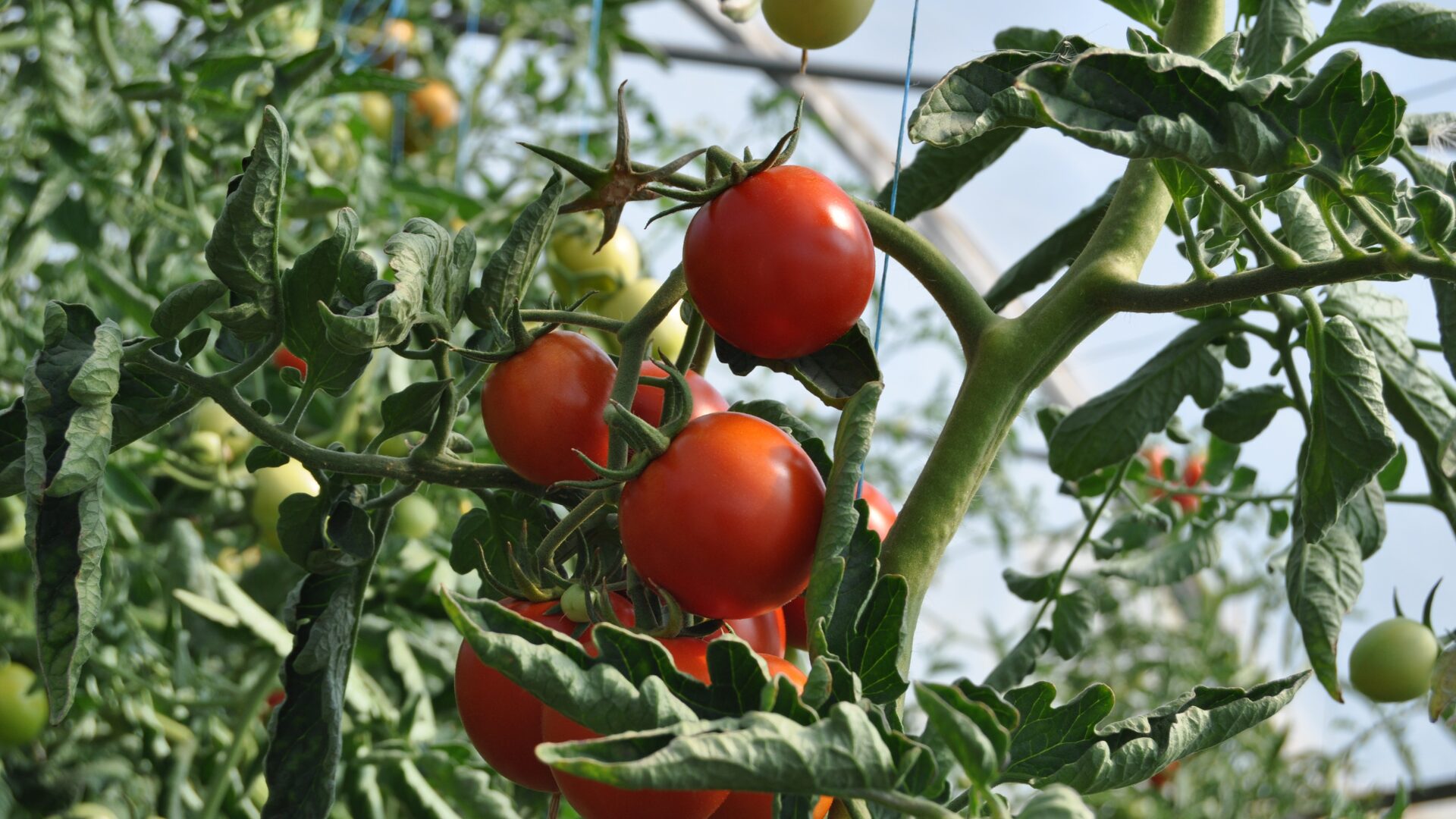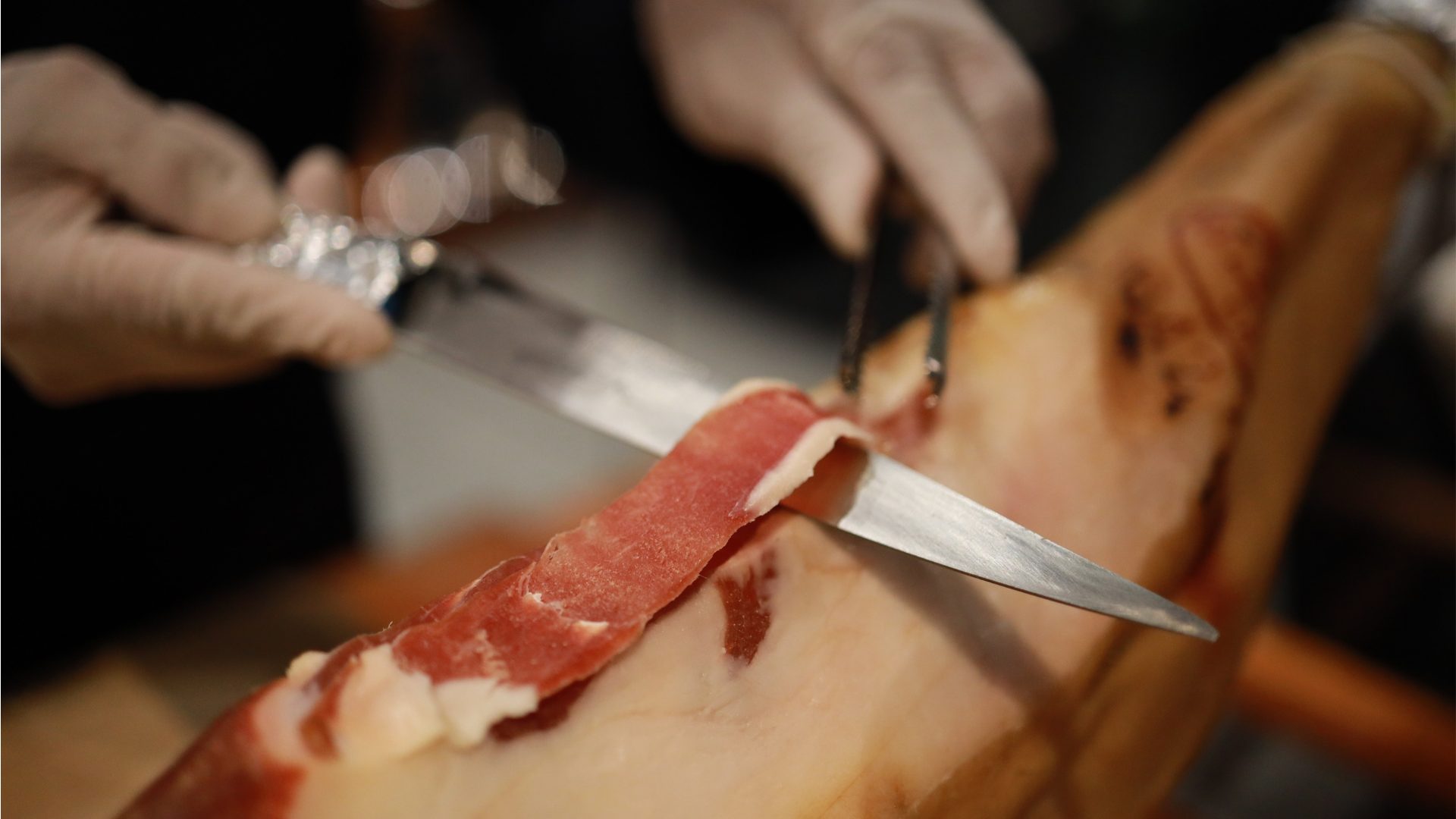Memorial Day and the Fourth of July are safe, but 10 days after the latter, expect to see tomato prices surge with the imposition of a 17.09% tariff on Mexican imports, part of President Trump’s effort to reduce the trade deficit.
And if you want apple juice to wash down your meals, expect those prices to go up, too, despite the announcement the punishing tariffs on China largely have been suspended for at least the next three months.
Federal data show imports make up 70% of the tomato market and are worth about $3 billion.
The U.S. Commerce Department has said past agreements with Mexico have failed to protect U.S. tomato growers. Skip Hulett of NatureSweet, told The Washington Post the administration’s approach will leave consumers with fewer choices and warned importers like his company will be forced to raise prices.
There’s a difference between tomatoes grown in the U.S., primarily in Florida, and those imported from Mexico: The former are generally the large varieties often sliced to put on burgers and grown in fields while the latter tend to be the smaller, sweeter varieties and are grown in greenhouses.
Florida growers say the duties are necessary to level the playing field.
As for apple juice, Christopher Gerlach of the U.S. Apple Association told Wired the price for concentrate already is up 33% compared with last year, and that’s just the beginning. Since apple juice is the basis for other fruit juices, those prices also will be affected.
U.S.-grown apples typically wind up in produce aisles, not in juice, although that could change if prices spike high enough. Gerlach said the U.S. imports 430 million gallons of juice a year, 31% from China, and noted shortages are possible.
Adam Lees, vice president of customs brokerage for the logistics company Alba Wheels Up International, told Wired, however, the U.S. currently doesn’t have the production capacity to meet demand for juice.
“Factories don’t just pop up in months,” he said.
Meanwhile, in other agriculture-related news:
Egg prices: An analysis by Farm Forward, “Cracks in the System: Why U.S. Egg Prices Won’t Drop Until Poultry Farming Changes,” said the recent decrease in egg prices can be attributed to seasonal patterns of bird migration and not the federal response to bird flu, which has forced the destruction of millions of egg-laying hens.
“Common industrial farming practices in the US, such as the confinement of millions of birds in crowded, cramped conditions allow for the unchecked spread of disease. And that’s exactly why the current outbreak has lasted so long,” said the analysis. “The USDA’s indemnity payments to poultry farms that cull their flocks to ‘control’ the spread of bird flu have only incentivized the overcrowded, harmful conditions factory farms are notorious for and have effectively prolonged the current outbreak.”
Bird flu: Bloomberg reported recent changes in federal data collection have made it more difficult to assess where the bird flu outbreak stands. As the migration season winds down and reports of human and herd infections abate, the situation appears to have stabilized. However, Bloomberg wrote, it’s getting harder to track viral strains and human cases.
Crop yields: A Stanford University study found crop yields are suffering as a result of higher temperatures and drought, with yields for wheat, barley and maize off 4% to 13% from what could be expected had more normal temperature and rainfall amounts prevailed. The study also found that climate models have missed two major trends: the extent of drying in Europe and China, and less drying on U.S. farms, especially in the Midwest.
The Food Institute Podcast
It’s tariff time, and companies the world over are working to better understand how their operations will be impacted. Jodi Ader from RSM US LLP joined The Food Institute Podcast to discuss which products and inputs are currently subject to tariffs, and how to best mitigate supply chain risks.











